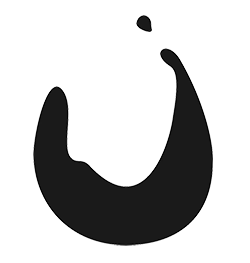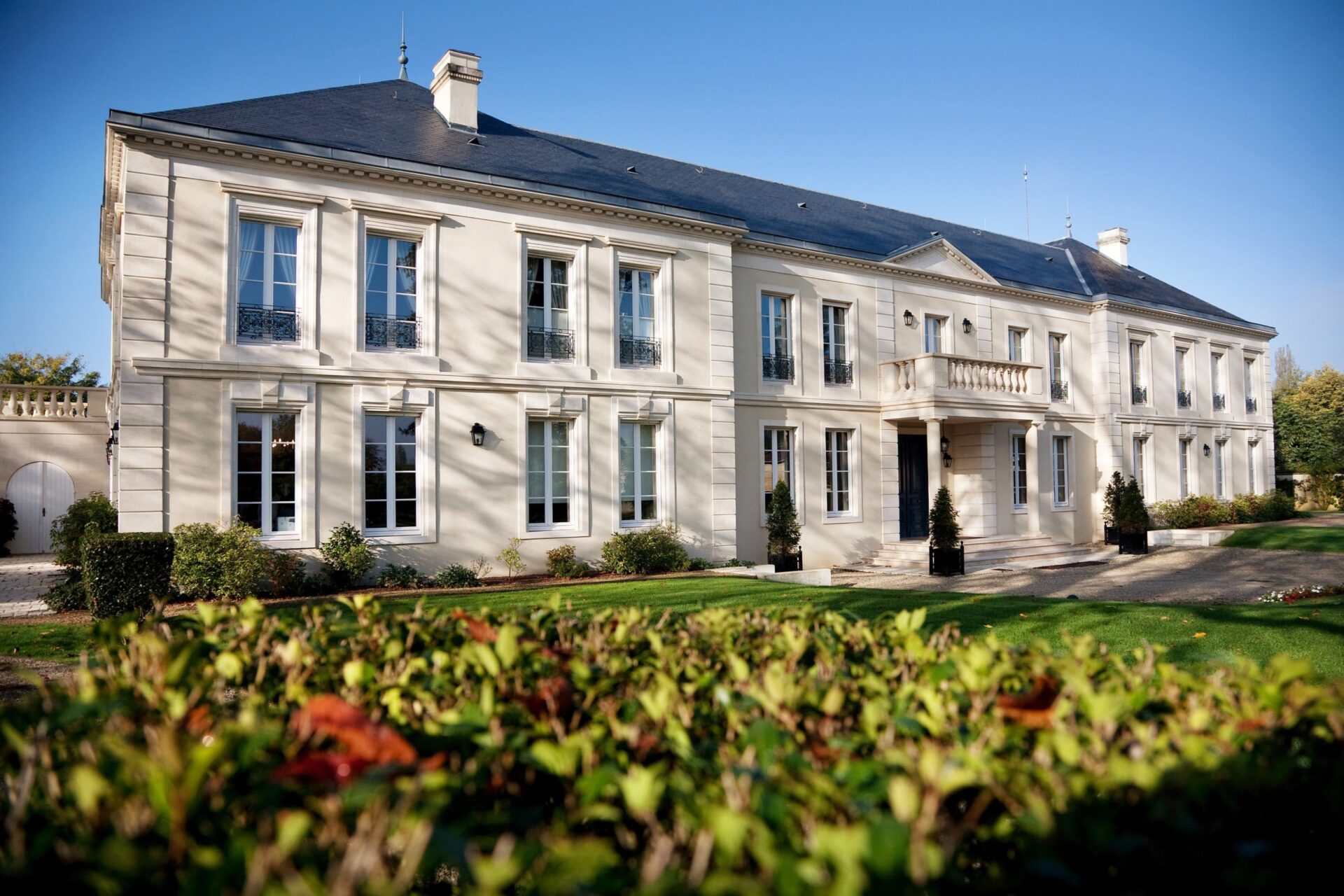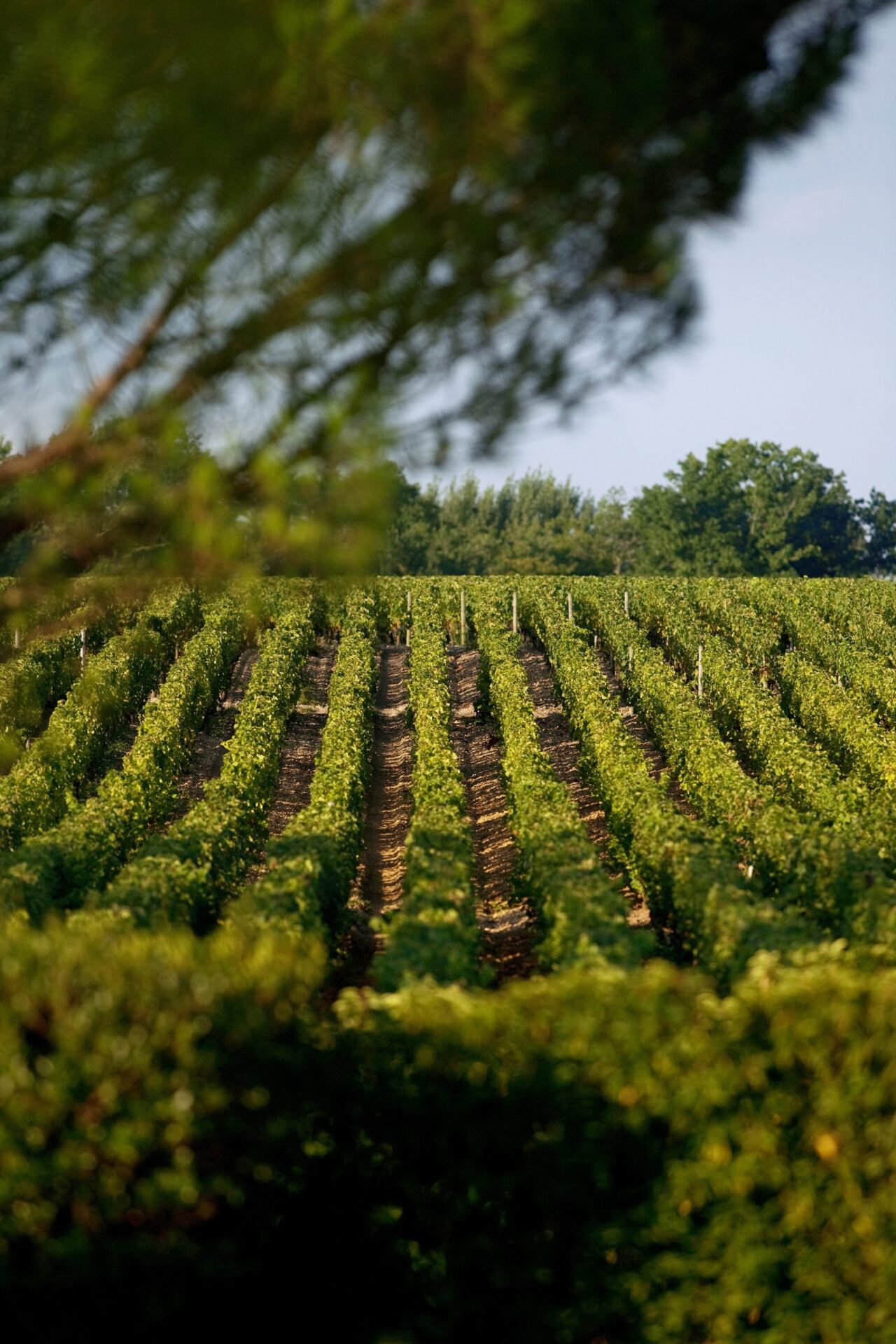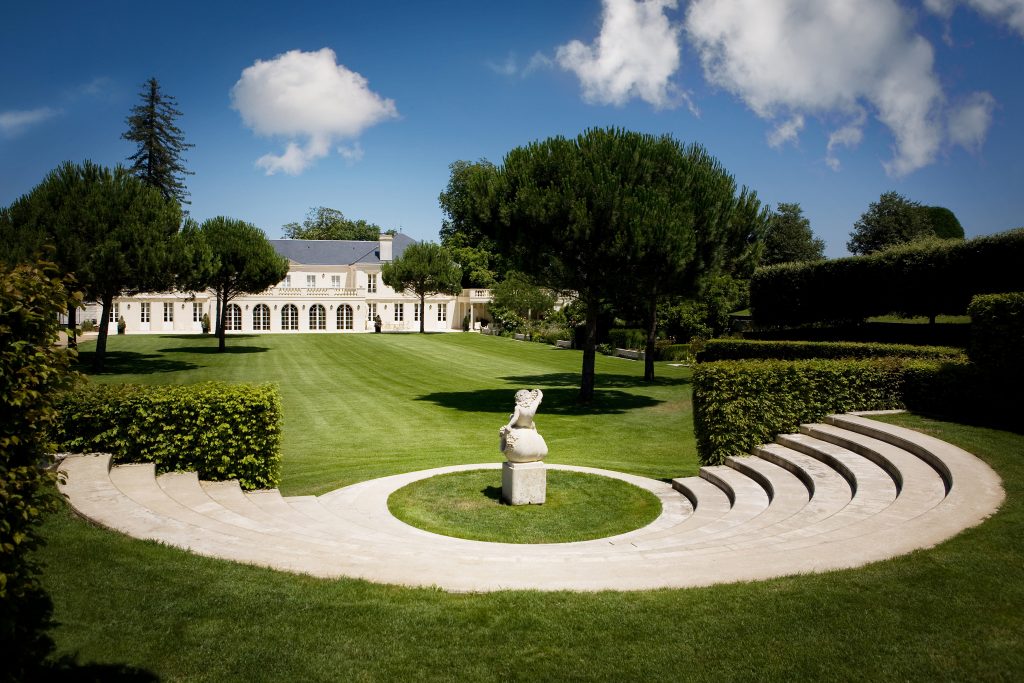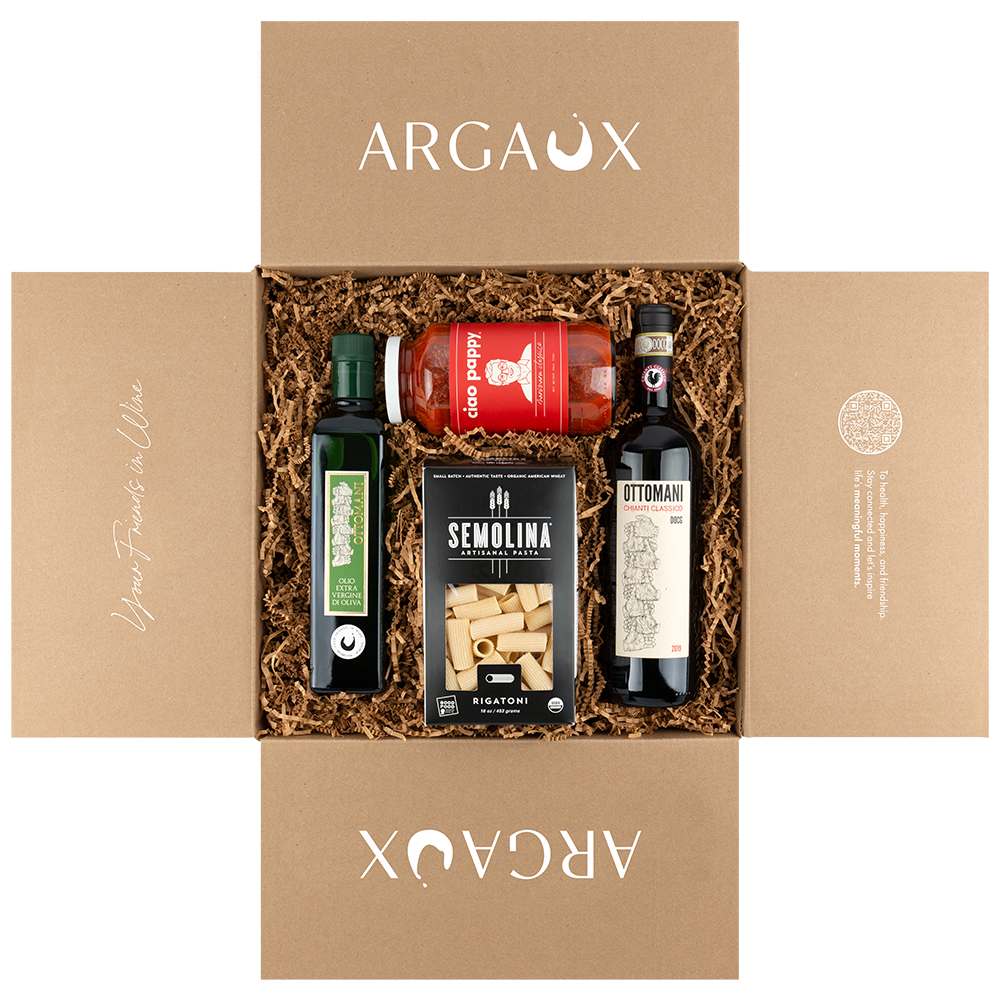2014 Château Malartic-Lagravière Pessac-Léognan Grand Cru Classé
This is an up-and-coming producer to watch. Their wines are staples in collectors’ cellars and frequent MICHELIN-starred wine lists all over the world. If you are looking for an outstanding Bordeaux that is ready to drink now, this is your answer.
Sustainable farming practices (HEV certified), hand-harvested, and minimal intervention winemaking.
- Tasting Notes blackberries, black cherries, plum, kirsch, iris, cigar box, savory herbs, cherry cola
- Variety 52% Cabernet Sauvignon, 40% Merlot, 5% Cabernet Franc, 3% Petit Verdot
- Region France, Bordeaux
- Volume 750ml
- Alcohol Volume 13.5%
- Table Talk One of only six Bordeaux chateau's classified for both its red and white wine.
$80.00
Out of stock
Domaine de Lagravière was purchased at the end of the 18th century by the family of Count Hippolyte de Maurès de Malartic. Serving the armies of the Kings of France, this Admiral fought against the English and became known for the bravery he showed during the battle of Quebec in 1756. The estate was then bought in 1850 by Madame Arnaud Ricard, who added the name Malartic to that of Lagravière as a tribute to the former owners.
It was in 1997 that Alfred-Alexandre Bonnie, a 57-year-old Belgian businessman, finally discovered the vineyard he had been looking for for almost two years: Château Malartic-Lagravière. Alfred-Alexandre and his wife Michèle, bought and renovated the estate and immediately formed a team of expert farmers and winemakers. Since the beginning, the highest level of expertise has been applied to every stage of the production process. This intense dedication and precision has become a state of mind, and represents their philosophy – To implement the best possible techniques in the vineyard and the cellar in order to showcase to the best of their ability the magnificent gravel terroir! Their agro-ecological philosophy focuses on the soil, with reduced, measured human intervention that is respectful of all forms of life (plant, animal, and human) and its biodiversity.
With a precise style of management and advanced environmental initiatives, vintage after vintage, they raise their level of excellence and have been described as “haute couture winery.”
BORDEAUX BLENDS
One of the world’s most classic and popular styles of red wine, Bordeaux-inspired blends have spread from their homeland in France to nearly every corner of the New World. Typically based on either Cabernet Sauvignon or Merlot and supported by Cabernet Franc, Malbec and Petit Verdot, the best of these are densely hued, fragrant, full of fruit and boast a structure that begs for cellar time. Somm tip — red blends from Bordeaux are generally earthier and higher in acid compared to those from the New World, which tend to be more fruit-dominant.
BORDEAUX, FRANCE
The largest region within France, Bordeaux has made quite the name for itself with its prestigious producers and fine wines. Bordeaux, having a moderate maritime climate, sees much influence from the nearby gulf stream including warming effects, rainfall and humidity which is why you’ll find a number of their vineyards closer to the ocean with a high gravel soil content. You may hear the term “Bordeaux Blend” thrown around or used in other countries pertaining to their wines that are made from multiple “Bordeaux” grape varietals and blended together. When this term is used it means the winemaker has included these 5 main grape varietals that are traditional to the Bordeaux region: Cabernet Sauvignon, Merlot, Cabernet Franc, Petit Verdot, and Malbec. Customary white grape varieties from Bordeaux are Sauvignon Blanc, Sémillon and Muscadelle. In the famous regions of Sauternes and Barsac you’ll find these classic white grapes used to make top quality sweet wine. Bordeaux has many distinguished appellations within the large region often characterized by “left bank” or “right bank.” The Dordogne and Garonne rivers form the Gironde Estuary that divides the Bordeaux vineyards into these separate “banks.” Falling on the left bank are the principal districts of Médoc/Haut-Médoc, Graves and Sauternes. Within each of these districts lies smaller appellations home to some of the most famous Château houses around the world. On the opposite side, Saint-Émilion and Pomerol make up the right bank where a vast majority of the Merlot grape is grown.
